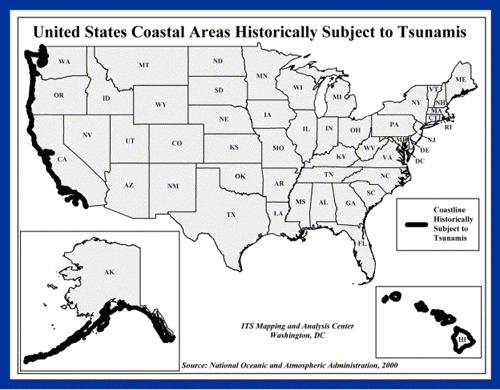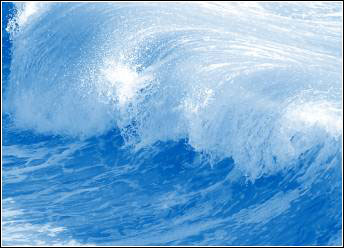OUR PRAYERS ARE WITH THE GOOD FOLKS OF JAPAN. THIS PAGE IS FOR YOU! BE SAFE! BE STRONG! TOGETHER, WE WILL SURVIVE THIS.
ReliefWeb - Japan: Earthquake and Tsunami - Mar 2011 - Latest Updates
東京都内避難場所 (Shelters)
炊き出しまっぷ Food Supply Map
Information from Google Crisis Page for Japan.
Shelter information
Shelter locations (Japanese language)
Emergency water and food distribution centers (user generated)
Emergency water and food distribution centers via My Maps (user generated)
Trains, buses (Japanese language)
- JR East (Tohoku)
- Sendai City Transportation Bureau
- Abukuma Express
- Sendai Airport Transit
- Fukushima Transportation
- Ibaraki Kotsu
- Iwate Kenpoku Bus
- JR East (Kanto)
- Tokyo Metro
- Toei Subway
- Odakyu Electric Railway
- Keio
- Keikyu
- Keisei Electric Railway
- Sagami Railway
- Seibu Railway
- Shin-Keisei Electric Railway
- Tokyu
- Tobu Railway
Google Earth files
Download post-event imagery of several affected areas in Japan
View these files in Google Earth
For full listings and more information on Japan in Crisis see Google page here
Where there is NO Doctor in Japanese
Where There Is No Doctor in Japanese: Issha no inai tokoro de: mura no herusukea tebikisho. PDF of the most recent Japanese translation ofWhere There Is No Doctor containing first-aid and other medical information for earthquake and tsunami response.![]()
Search This Blog
Friday, February 18, 2011
Tsunami -2
Are You Ready?
Familiarize yourself with these terms to help identify a tsunami hazard:
An earthquake has occurred in the Pacific basin, which might generate a tsunami.
A tsunami was or may have been generated, but is at least two hours travel time to the area in Watch status.
A tsunami was, or may have been generated, which could cause damage; therefore, people in the warned area are strongly advised to evacuate.

Take Protective Measures
During a Tsunami
- Turn on your radio to learn if there is a tsunami warning if an earthquake occurs and you are in a coastal area.
- Move inland to higher ground immediately and stay there.
| CAUTION - If there is noticeable recession in water away from the shoreline this is nature's tsunami warning and it should be heeded. You should move away immediately. |
After a Tsunami
- Stay away from flooded and damaged areas until officials say it is safe to return.
- Stay away from debris in the water; it may pose a safety hazard to boats and people.

Save Yourself - Not Your Possessions
Tsunami -1
Tsunami Hazards
Things You Should Know:
- Although tsunamis in California are a rare, the entire California coastline is vulnerable to these events.
- A tsunami is a series of waves or surges most commonly caused by an earthquake beneath the sea floor.
- An unusual lowering of ocean water, exposing the sea floor, is a warning of a tsunami or other large wave. This “draw back” means the water will surge back strongly.
- Beaches, lagoons, bays, estuaries, tidal flats, and river mouths are the most dangerous places to be. It is rare for a tsunami to penetrate more than a mile inland.
- Tsunami waves are unlike normal coastal waves. Tsunamis are more like a river in flood or a sloping mountain of water and filled with debris.
- Tsunamis cannot be surfed. They have no face for a surfboard to dig into and are usually filled with debris.
- Large tsunamis may reach heights of twenty to fifty feet along the coast and even higher in a few locales.
- The first tsunami surge is not the highest and the largest surge may occur hours after the first wave.
- It is not possible to predict how many surges or how much time will elapse between waves for a particular tsunami.